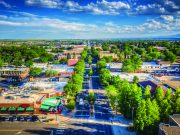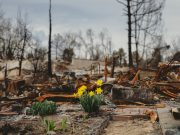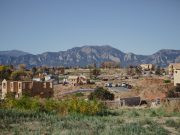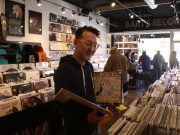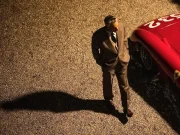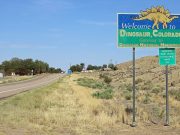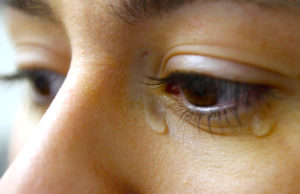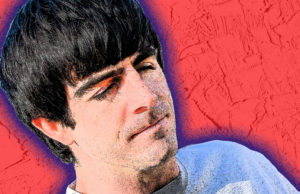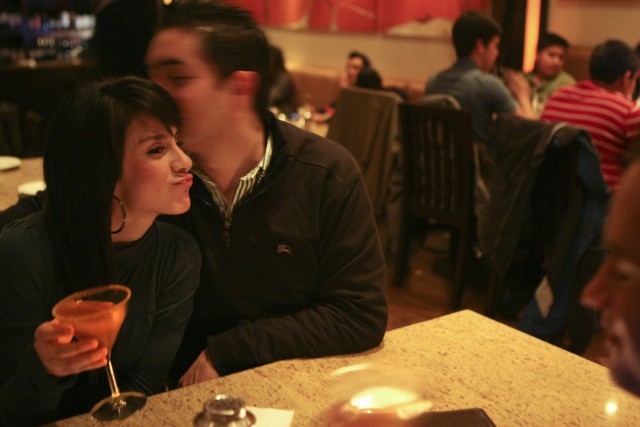
— Waiters on restaurant row are welcoming customers they haven’t seen
since the first days of the drug war. Police no longer patrol
neighborhoods in four-vehicle convoys. Kidnappings are down, and
late-night crowds are way up at clubs and bars.
“Look at all the single ladies here,” said
taking in the bustling scene at his Cheripan restaurant in the Zona Rio
dining district. “Single lady. Single lady. Single lady. They know
they’re safe and respected here.”
Four months after the capture of the notorious crime boss
this border city is showing glimpses of its old, vibrant self. Like
survivors of a Category 5 hurricane of crime, residents are emerging
from their homes, wary but hopeful.
While clashes in other key drug-trafficking centers
such as Juarez are reaching new heights of brutality, the uniquely
savage violence that has plagued
Drug-fueled crime has always cycled up and down, of
course. But there are no signs that anyone of Garcia’s ruthless
ambition has stepped into the power void. Although homicides still
occur at a steady pace, the beheadings, massacres and dissolution of
victims in lye that were Garcia’s terrorizing trademark have largely
stopped.
Near the bustling produce market on
where 13 people died in the gun battle that sparked the local drug war
two years ago, taco vendors push carts still bullet-riddled from the
shootout, but say there’s no need to duck these days.
Across town, businessmen and politicians have cut
back on large security details that shadowed their movements and
ferried their children to school. “We feel that since they caught all
these monsters, things are going to calm down,” said
In other drug war hot spots, crime bosses are distant, shadowy figures whose killing rampages are a blur of anonymity. In
He was a hometown narco-soldier turned renegade
cartel lieutenant, carousing in restaurants and banquet halls, roaming
the city in a convoy of armored SUVs and leaving behind a trail of
tortured massacre victims, proudly claiming responsibility with
taunting narco-messages.
His gunmen killed hundreds of rivals from the
Arellano Felix drug cartel, and at least 45 police officers. He
accumulated wealth by holding for ransom middle- and upper-class
residents, forcing hundreds, perhaps thousands, of families to flee
across the border to
Many residents feared even saying his name, instead referring to him by
holding up three fingers to signify his nickname, El Tres Letras, the
three letters, for Teo.
To this day, some people avoid the sprawling eastern
part of the city, a mostly working-class area far from tourist
destinations that was Garcia’s stronghold. One real estate developer
sold out a subdivision there, only to see some of his new homebuyers
get kidnapped.
“It was almost like we put them on stage. They
became targets. It makes us feel horrible,” said the developer,
declining to be identified for security reasons.
The developer, like some other businesspeople and
lawyers, conducts business nowadays at upscale restaurants in the Zona
Rio, holding meetings and sales calls between servings.
“I feel very safe here,” said
with friends to dine at Cheripan on a recent Saturday night. Some
parents still don’t like their children to stay out late, but many have
eased their home-by-dark rule, she said.
Some chefs say they’re seeing double the number of
customers from last year. Some are people who fled the city, and now
feel safe enough to return to their old haunts. At Cheripan, the lines
stretch out the door on weekends, and the owner of the nearby La
Querencia, where a photo of visiting U2’s front man,
“People from
Mayor
welcome mat. The city has successfully hosted several conventions and
events in recent months, including the World Junior Taekwondo
Championships, he points out, adding that visitors from
“We lived many difficult days, but with the arrest
of more than 100 drug lords, things have gotten better,” said Ramos,
adding that he has been able to cut back on a security detail that once
totaled 24 bodyguards. “We want to invite everybody to see how things
have improved.”
Few U.S. citizens have taken him up on the offer.
The city’s top tourist draw, downtown’s once-raucous Avenida
Revolucion, attracts only trickles of tourists, mostly Chinese or
Europeans who ride the usually empty double-decker tourist bus around
some of the city’s historic sites and shopping areas.
Government officials complain that the State
Department’s travel alerts are scaring off visitors. After Garcia’s
capture, local authorities hoped
“When gunfire/explosions are heard, immediately move
to a safe area with good cover,” said the alert, which Mexican
officials called alarmist and contradictory. They note that the same
travel warning says there’s no evidence that U.S. tourists have been
targeted in any narco-violence.
For many residents, a vivid indicator of changing times is the new nightlife scene burgeoning in downtown
A few years ago, crime fears would have hampered the growth of the trendy scene. But times have changed, said
“If there was violence, the Sexta wouldn’t exist,” Flores said. “We wouldn’t have business.”
———
(c) 2010, Los Angeles Times.
Visit the Los Angeles Times on the Internet at http://www.latimes.com/
Distributed by McClatchy-Tribune Information Services.


